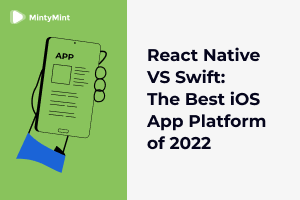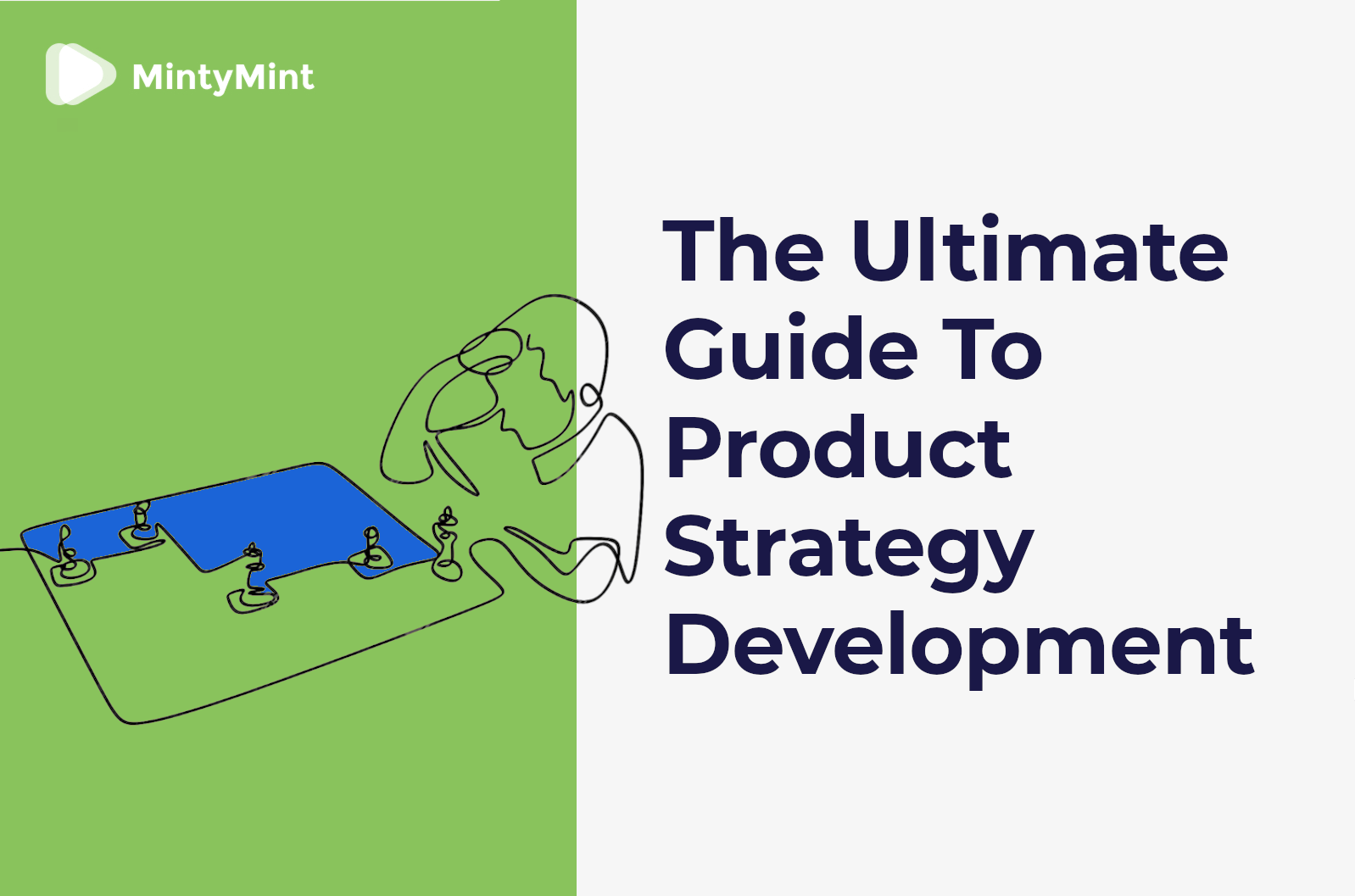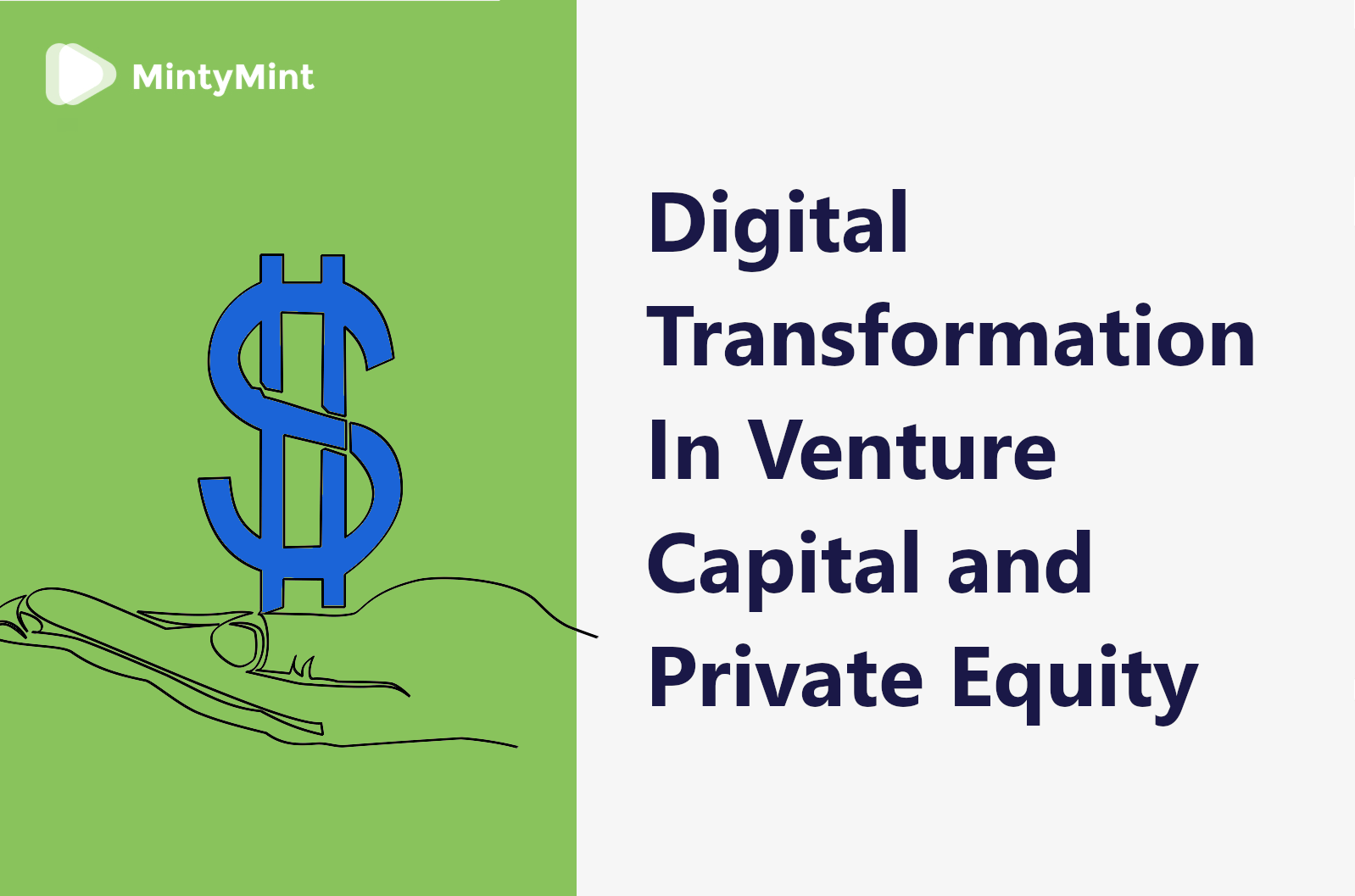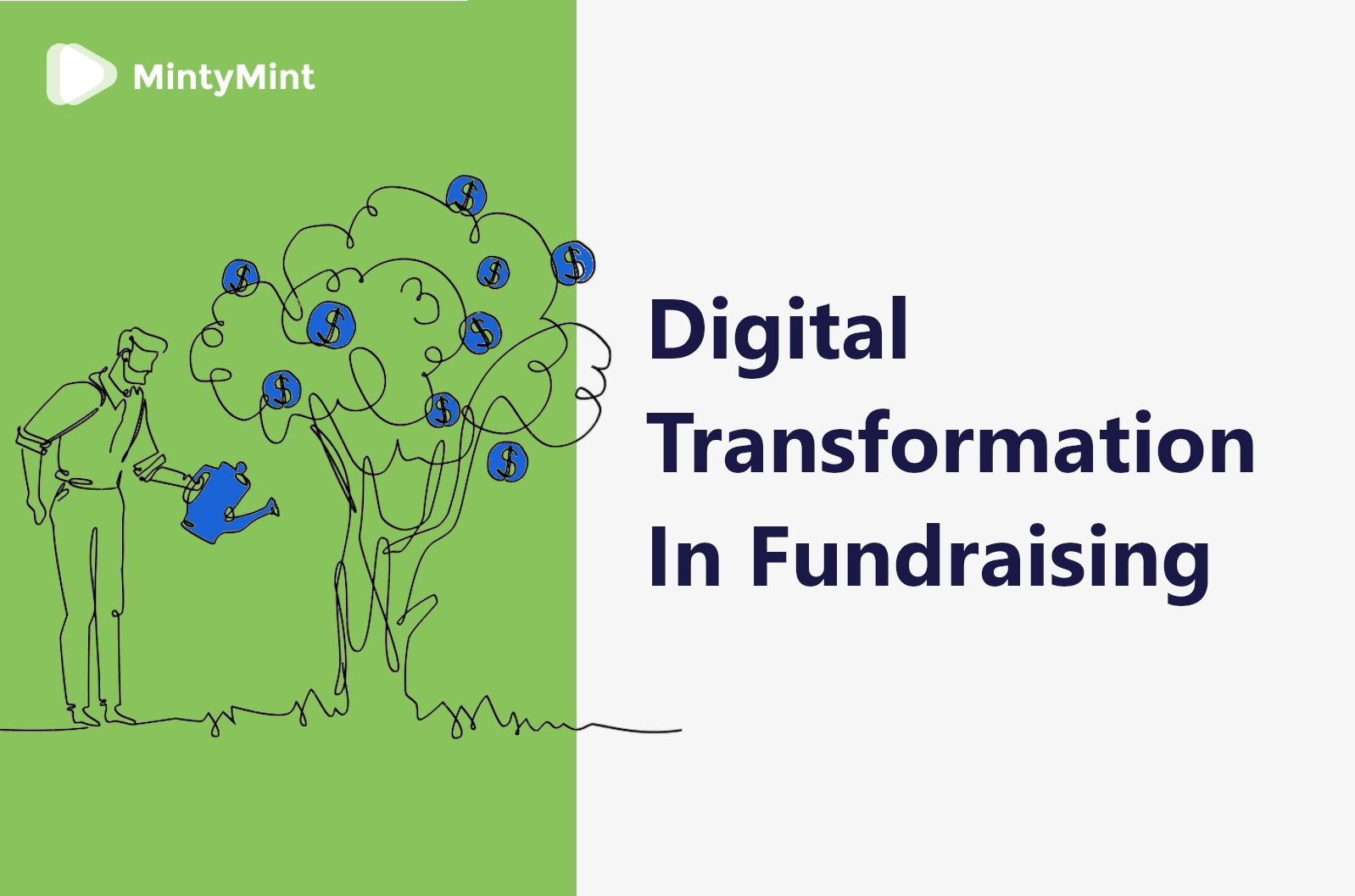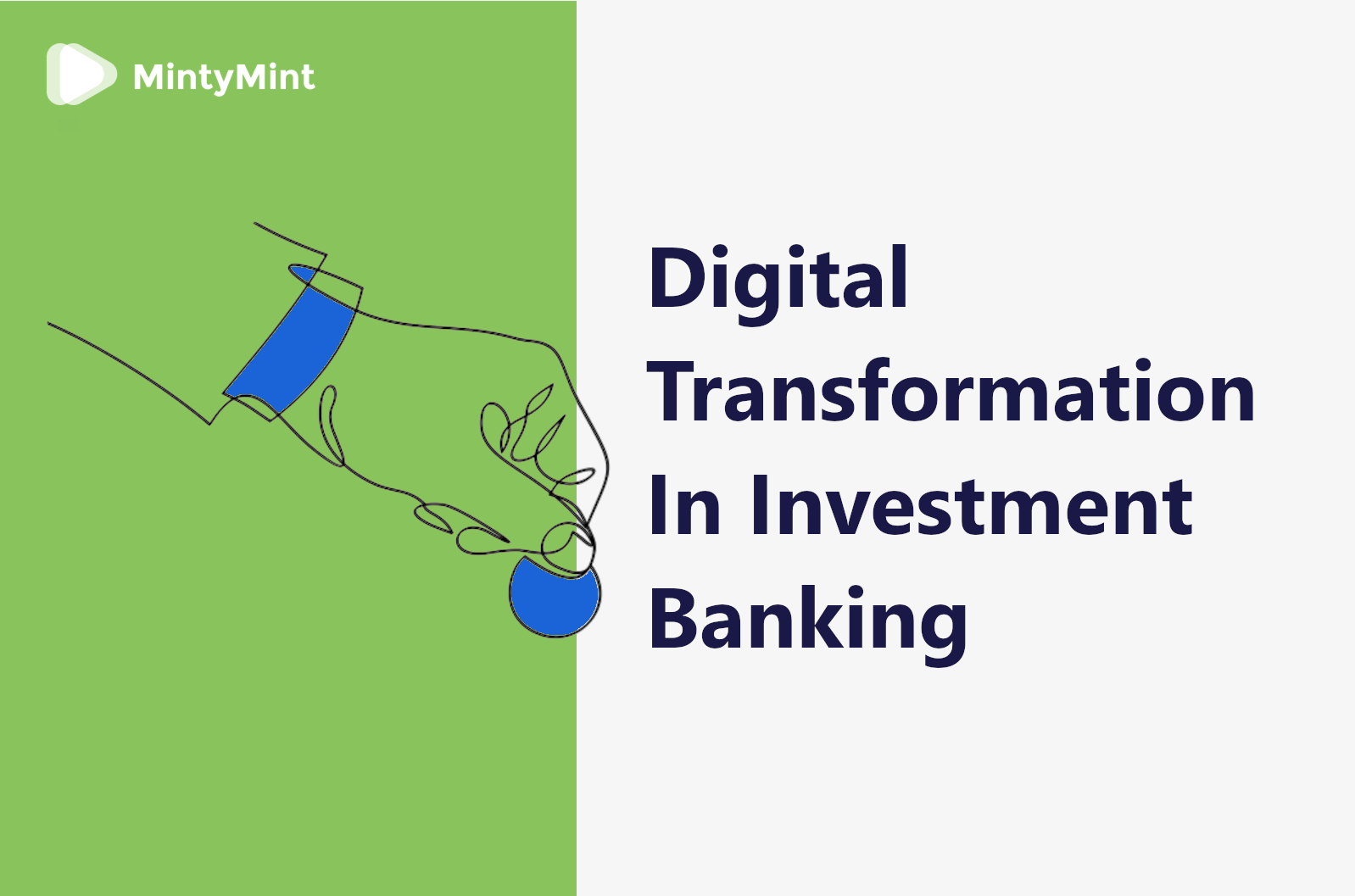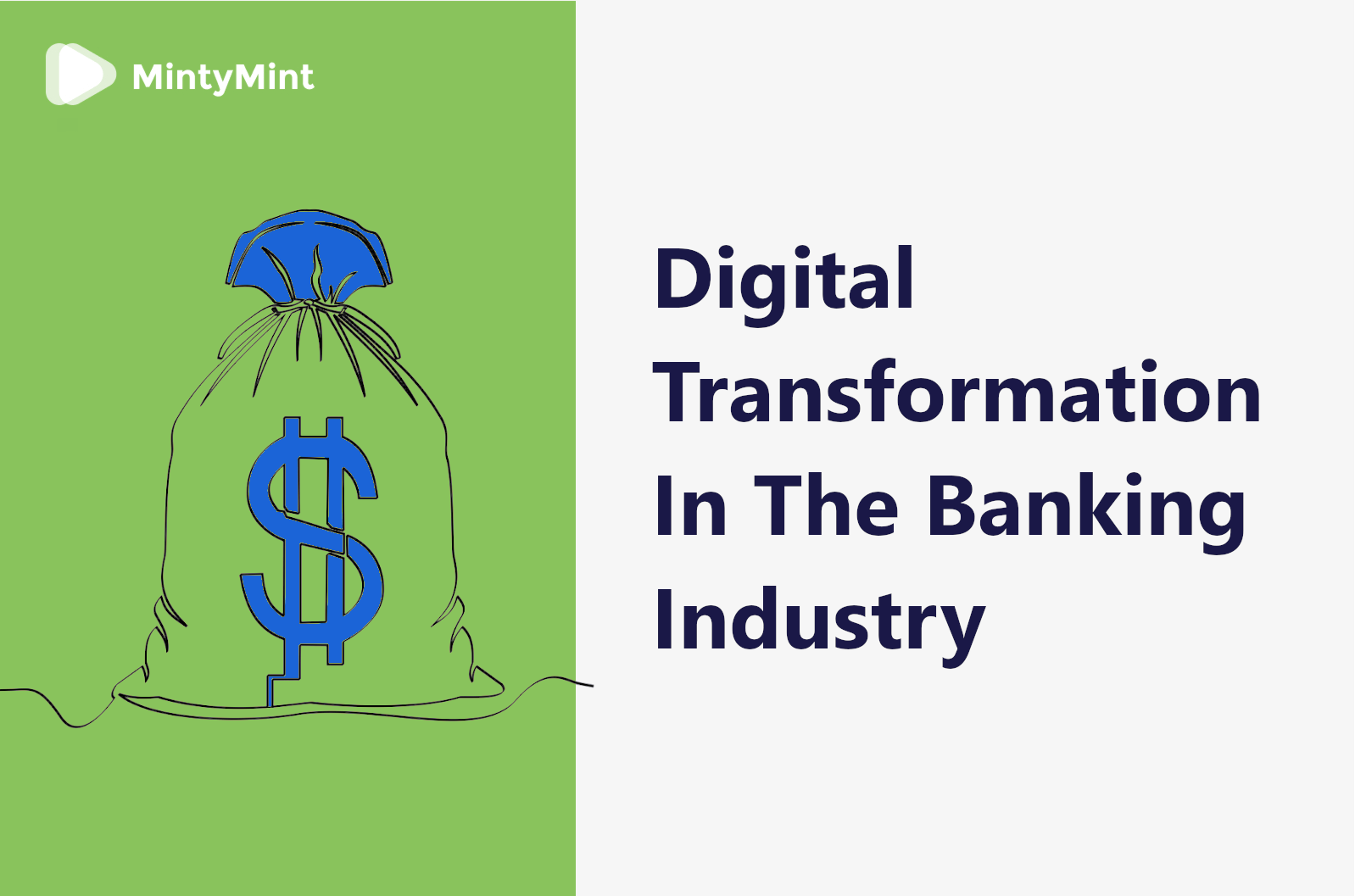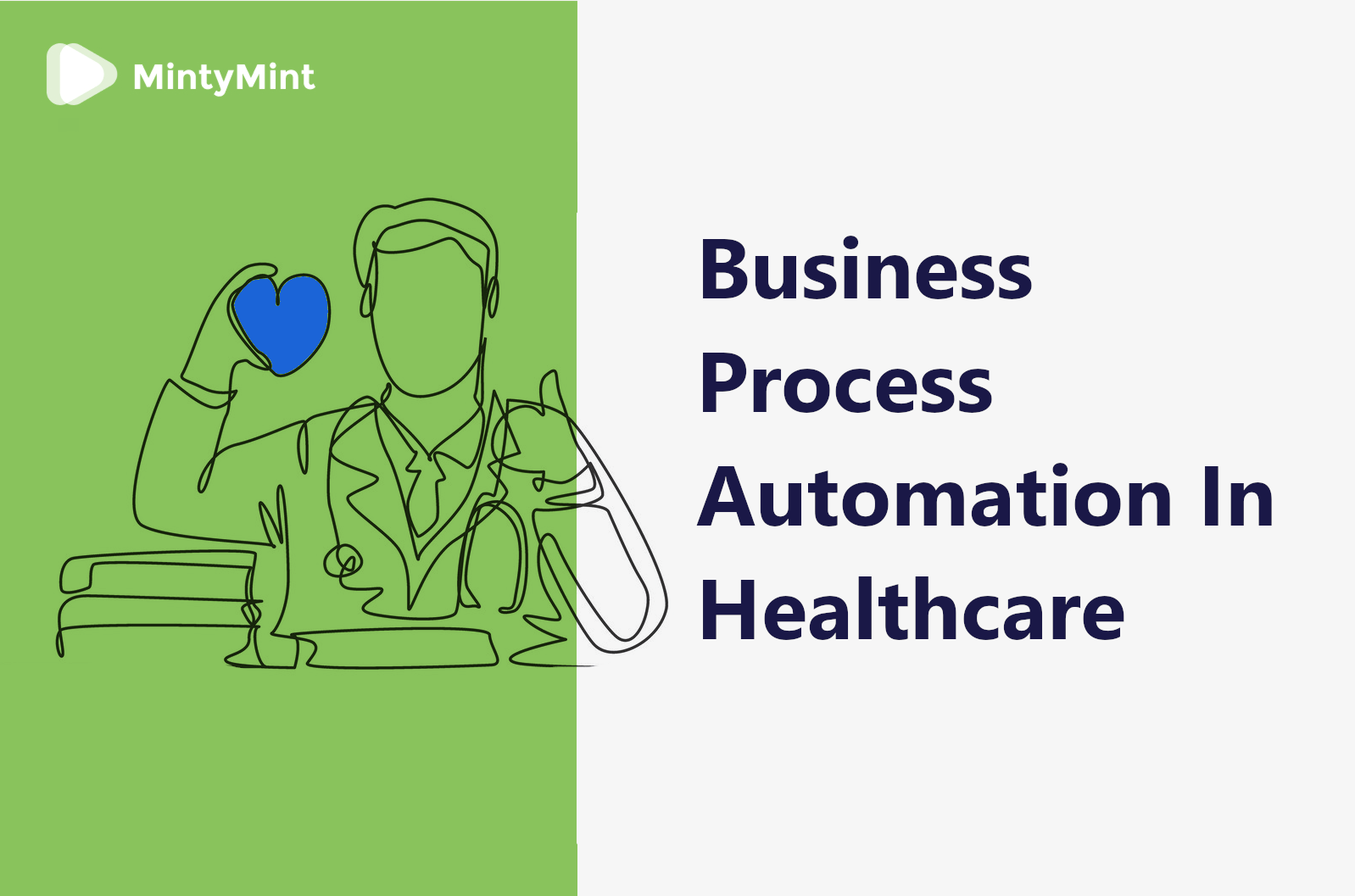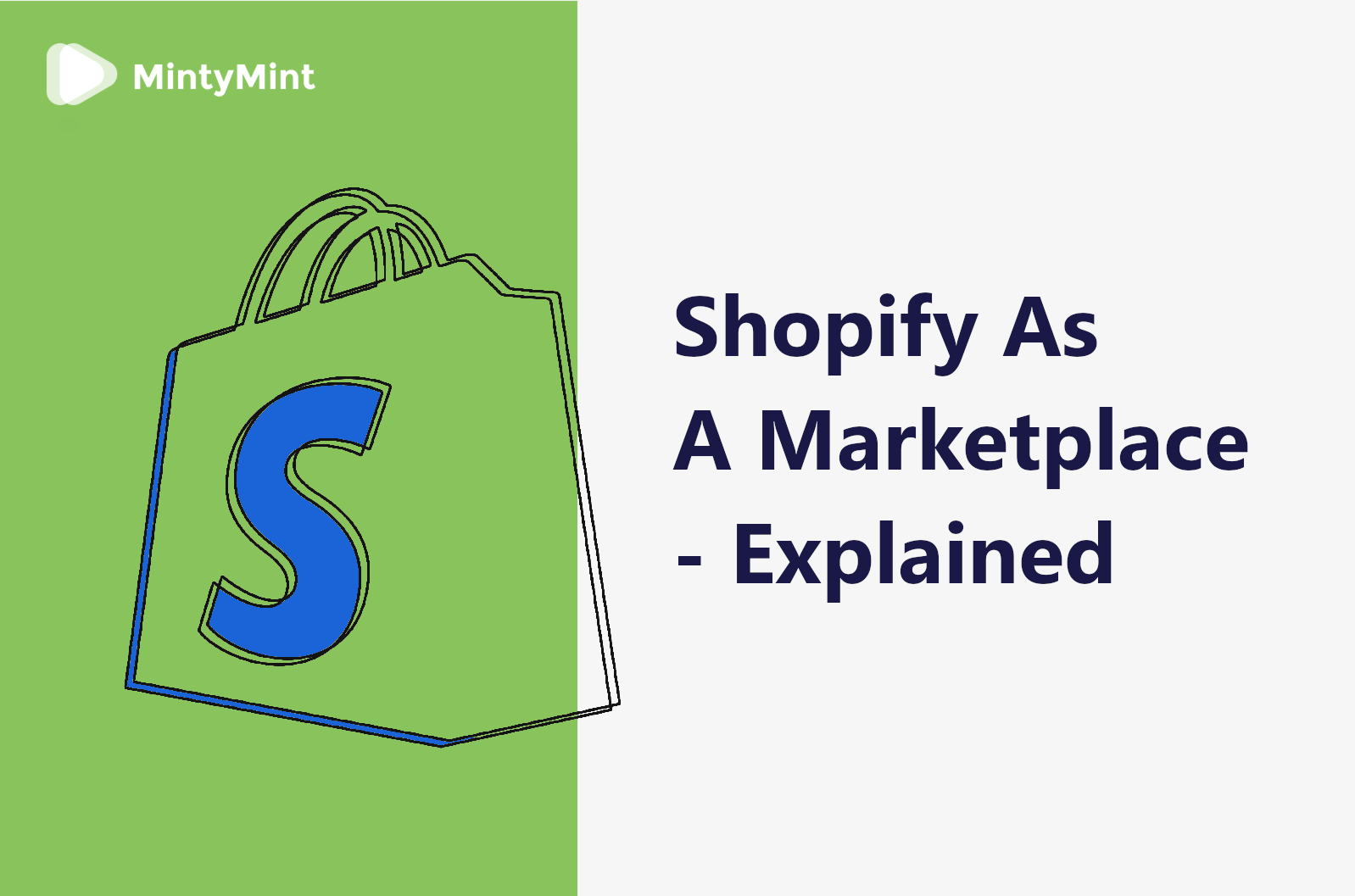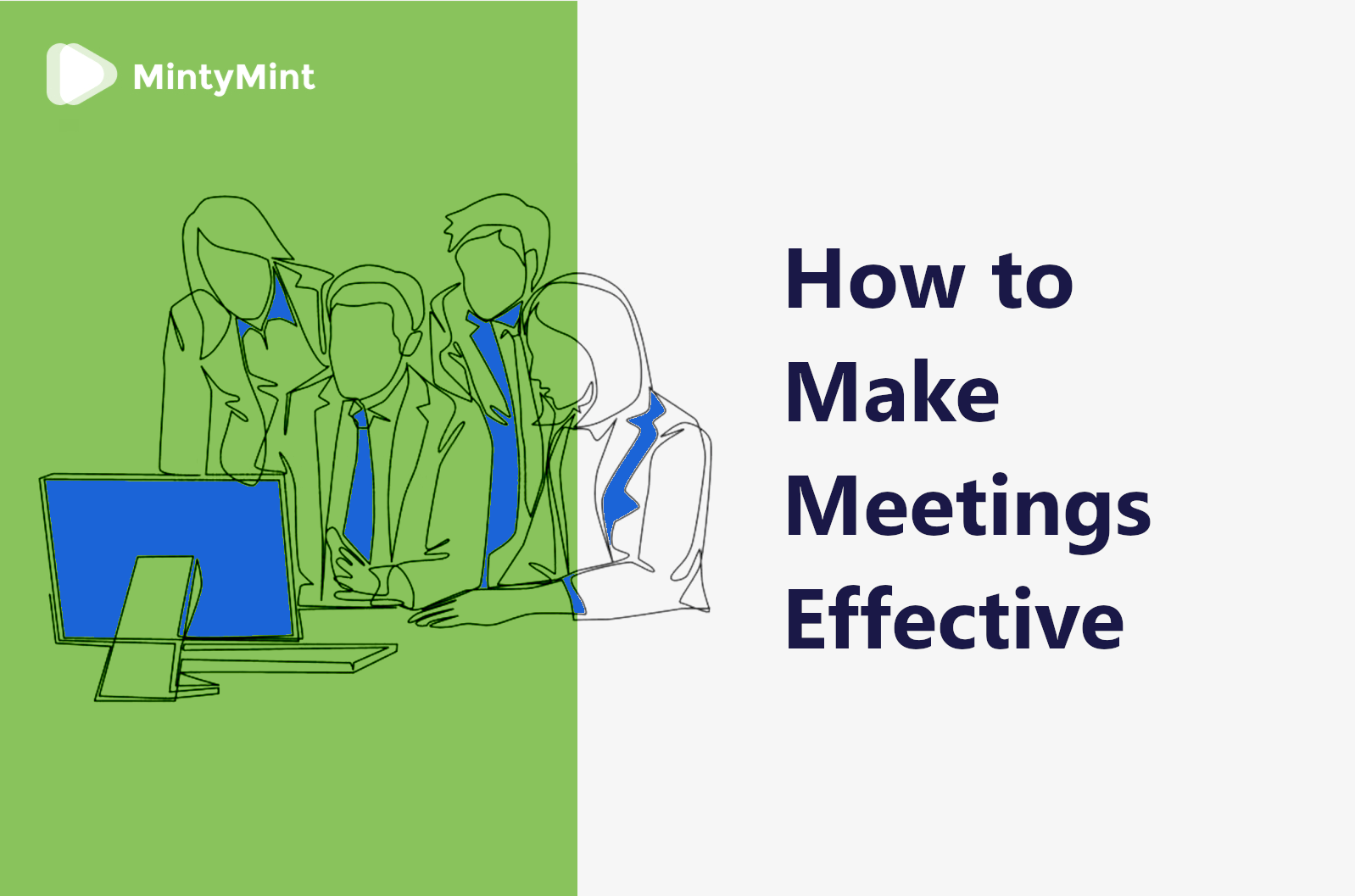Software outsourcing is gaining momentum in Europe and North America these days, and it is no wonder why. As more and more industries require digitalization or an update of the existing software solutions – the demand for IT expertise increases exponentially.
IT development agencies are there to help companies shape their future in the digital realm. They analyze the client’s strengths and weak points and define an effective tech strategy. This, in turn, helps to automate data processing and manual everyday tasks like accounting and logistics, increasing the overall efficiency of the operation as a result.
Most of these goals are achieved through developing new and fine-tuning the existing software.
At that, not every company can afford to hire and maintain a team of software experts usually required for executing such tasks. Of course, this doesn’t mean businesses should give up on the idea or eliminate their budget altogether.
This is where outsourcing teams come in handy, providing the opportunity to cover the companies’ digital needs pain-free.
Outsourcing is one of the fastest-growing trends in the IT world. Its global market size approached a $100BN mark in 2019, according to Statista. But, why is it so attractive to businesses of all shapes and forms? And what are the main benefits of shifting your digital tasks out of the state?
Let’s find out.
Benefits of outsourcing software development

When it comes to the benefits of IT talent oursourcing, there are 4 key points.
Those are:
IT talent acquisition
The first and foremost advantage of leveraging developers from outside is the extensive pool of experts that becomes available to your business.
The software world is vast and complex, so it makes no sense for businesses to try and fill all of their potential tech needs via in-house developers. You’d have to employ an entire state of IT experts to achieve that. Definitely unrealistic.
In such a situation, relying on third-party software production capabilities is a great and effective choice.
This is why, even established enterprises like Microsoft resort to outsourcing to pump up their workforce, forget about smaller companies.
Efficient workflow
Here’s another point in favor of delegating some of your coding work to external specialists. Even if you are willing to reserve extra space in your office and budget for a team of devs, the challenge remains to manage all of the working processes and people.
Do you have the time and knowledge to oversee all of it?
It’s a good question to ask yourself.
Very often, it is more efficient for executives to focus on indispensable business activities like marketing and client acquisition – something they are experts in themselves, and leave the technical issues to the others.
In fact, Harvard Business Review found that a lot of managers admit feeling incapable to understand, let alone – manage – the technical part of the IT development processes. Instead, they choose to maximize flexibility and control by finding a good outsourcer to rely on to solve these issues.
Lower production costs
If balancing the budget is anywhere on your business’ agenda, then outsourcing is definitely a worthwhile option to consider.
For a number of reasons, remote software production will usually cost fairly less than the same amount of intellectual work executed in-house. Not only the aforementioned management nuances and greater talent access play a part in this. The economical diversity between places and regions of the world is drastic. So, what costs a dollar in NYC may be sold for less than a fifth of that, just across the Atlantic ocean.
Difficult to believe?
Check out these stats from SalaryExpert, but take a comfortable position/seat first:
This is how much devs earn (and thus – charge) on average in Manhatten:

And here’s how much the same type of work costs in Eastern Europe, Ukraine:

You may do the calculation yourself.
When this article was written, this equaled $19,345.
Divide the two numbers and you get a stunning 6.58x difference in costs for the same type of service. And we’re not talking about rent prices – a piece of code surely doesn’t change in a fancy location.
Are you on Upwork already?
Don’t rush, there is another crucial factor when it comes to our topic…
High-quality software services
Last but not least on our list of the outsourcing benefits, is consistent product quality provided by dedicated dev teams.
Naturally, nobody can give a 100% cashback-if-you-don’t-like-it guarantee that the team you choose will satisfy all of your project’s needs exhaustively. Actually, it’s the same with in-house workers. You would have to do research and run through a few options before finding the best solution for your goals and setup.
That said, just like with air travel – the statistic is on your side in this one. Over 78% of business owners are fully satisfied with their outsourcing partner, according to Deloitte.
Most of the remote teams out there consist of high-skilled professionals operated by seasoned PM’s. This ensures a smooth development process and above-average quality of the end-product – two of the clients’ most common pain points.
IT outsourcing challenges
Looking for the drawbacks of hiring remote dev teams, one will have a rather hard time finding one.
Time difference? Perhaps.
Not meeting each other at corporate events? Possibly another benefit.
Most of the time, the working process with outsourced partners is virtually the same as with in-house ones. However, you need to consider the following when outsourcing IT services:
Remote communication
The first seeming issue with outsourcing contracts is communication. Talking to colleagues online is slightly different than in real-life meetings, but not nearly big enough to worry about. A time difference may shift daily/weekly calls slightly, but you can always negotiate a comfortable time.
In fact, we’ve got a short read that’ll help you make the most of online meetings. So go and check if you have any concerns about communication over distance.
Legal regulations
Another obvious issue with ordering products services from abroad is versatile legal regulations and taxes.
The laws are different everywhere, and it may be a lot more or less expensive to outsource depending on your partner’s location.
Moreover, the rules keep changing.
Like that, Britain’s controversial IR35 corporate tax law reforms have complicated a lot of things for businesses not only inside the country but also those working with British companies. Meanwhile over in Ukraine, on the other hand, the taxation scheme has been rather simple and beneficial for international partnerships lately.
So, you have to explore current laws for each particular location individually when looking for outsourced services.
Political situation
One more challenge in international talent sourcing is geopolitics.
Unfortunately, we have seen government tensions around the world harm the informational technology sphere here and there.
One of the biggest IT talent outsource pools, India is breaking records with nearly a hundred cases of nationwide internet outages this year. Another major player in the international outsourcing arena, China is known for radically limiting web access for its citizens, too. Now, the web access pandemic has reached a primary provider of outsourced talent in Eastern Europe – with the recent web access outages in Belarus.
In fact, you may find it interesting to check this up-to-date map of global internet restriction levels – just to have a vague image.
For the local IT businesses under such circumstances, this can mean anything from missed deadlines and postponed work to compromised production and lost contracts. And for their clients, it is clear that outsourcing to a politically unstable country may cost one a business, so they look elsewhere.
Where to source IT services?
MintyMint’s extensive team of experts is always at your hand when it comes to IT services. Otherwise, it may be helpful to check out this list of the top eastern European software development companies to paint a better picture of what the market has to offer.
We’re on that list, too, in case you wonder.
Final word
With international enterprises and leaders of software production investing more and more into the remote workforce, it is fair to say that the practice is approved by the giants of the industry.
IT outsourcing can help to access great talent, improve management, and save the budget. It takes a lot of stress away and allows you to focus on high-impact work.
You make the bet as what’s best for you and your business. If it’s quality, convenience, and efficiency – our team is here to help!














